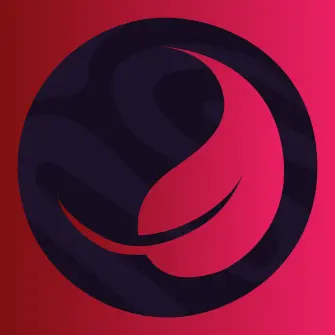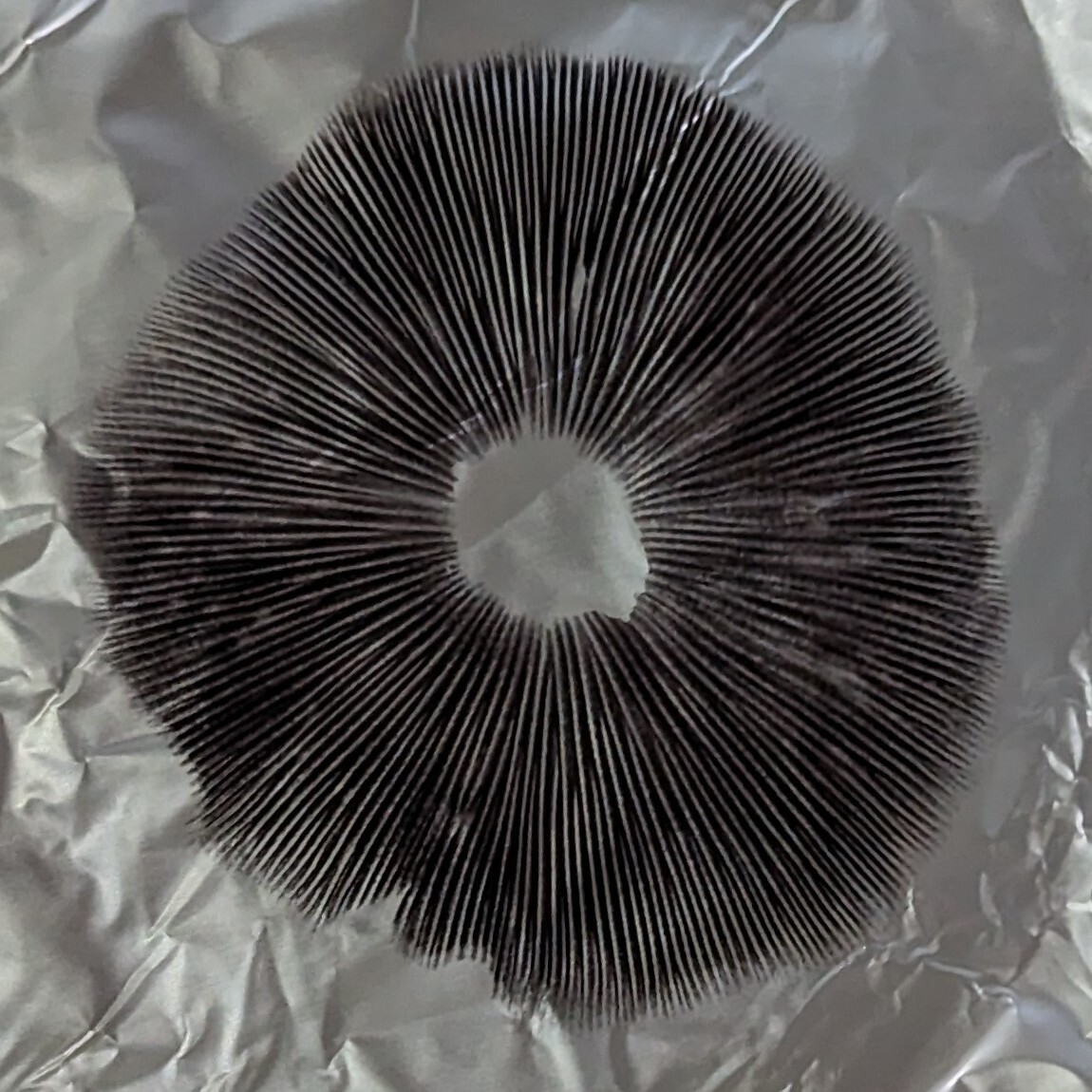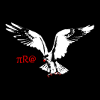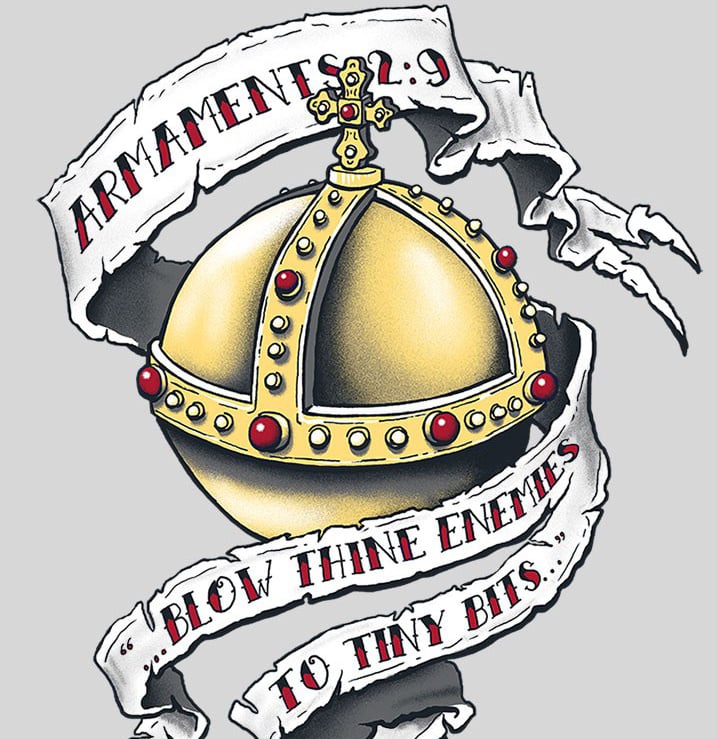To be fair, zero is a complicated number
It’s to scare people off from dividing by it.
They have to sell zero to a US owned company.
I’m sure the chinese have equivalent memes about having to learn arabic numbers, at least you don’t have to use it in written out numbers, 20 is 二十, two-ten, 200 is 二百, two-hundred, 2000 is 二千, two-thousand, 200,000 is 二十万, two-hundred-thousand.
There less memorizing irregular words like twelve and X-teen and converting 30 to thirty, since it’s all pronounced as written.
Japanese pronounces some numbers different depending on what you are counting. Is this the same for Chinese?
I think there are certain phrases found in different dialects of Chinese. In Cantonese, the formal way of reading twenty is 十二, but the colloquial term would be 廿.
Edit: Should be 二十
十二 not 二十?
Whoops! You got that right. Should be 二十
No, but whenever you have something that’s countable (even if it’s just 1), you have to do <number> <measure word> <thing>, so instead of “I have a ticket” or “we want 2 waters”, you have to do “I have 1 <measure word for flat things> ticket” or “I(plural) want 2 <measure word for cups> water”.
There’s a generic measure word, but I think it’s seen as improper to use it.
the number 2 is said “liǎng” more commonly; it’s like saying “a couple” but more strictly. “èr” is used for counting or maths
Afaik, no. Japanese either uses 音読み onyomi = Chinese reading (literally “sound reading”, 音 = sound, 読み = reading) and 訓読み Kunyomi = Japanese reading (訓 has multiple kanji meanings. I learned it as “instruction”. Sites list the meanings as 訓 = instruction, Japanese character reading, explanation, read) for words that have kanji (Chinese characters). The original Chinese characters don’t have a “Japanese reading” afaik. They are Chinese after all.
Bro first of all, no one should ever freeze a gyro, second, will you please elaborate because that is 100% interesting
Basically certain words use a different counter, and it changes how you would say 1, 2, 3 etc. so there is a counter for big living things, small living things, flat things, round things, money etc. A lot of the numbers are similar with slight changes in pronunciation.
So instead of ichi for 1, it might be ippon, ittou, issoku etc. if you know it’s a counter you can usually tell what the number is from the start of the word. Though there are exceptions like hitotsu, which is also one. Though if they use the “Chinese” characters you can know what it means when reading it without knowing how it’s actually pronounced.
ITT, a bunch of people who know literally nothing about this subject offering explanations.
The character 零 (“líng”) contains a semantic component (on the top) and a sound component (on the bottom), the semantic component is 雨, meaning rain, and the sound component is 令 “lìng”.
The word initially referred to very light rain and so the character essentially means “the type of rain that sounds like lìng”. For whatever reason the meaning drifted from very light rain towards “barely any” and then “nothing/zero”.
The bottom/top usage is simple, the “zero” is the receiving hole and the “one” is the penetrating appendage, i.e. the submissive versus the dominant partner. That usage is definitely slang, though!
What about 无, In what context is that used?
To not have or be without, more of a verb, somewhat literary.
Yeah, why didn’t they just go with 0 lines?
Edit: /s
It’s basically what Arabic numerals did.
“I circled the zero lines here.”
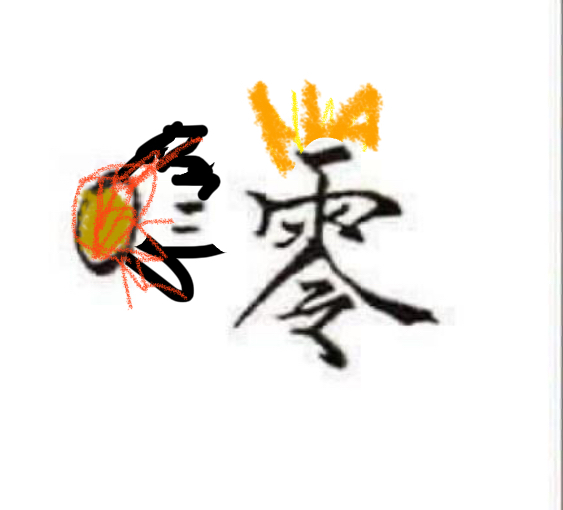
When I went to China about 5 years ago, all the numbers were Arabic numbers. Not sure if this is a regional thing, or if this is a more recent development.
The Chinese numbers are already in use ages ago and (as far as I know) predates the Ming dynasty. Fun fact, there are both “upper case” Chinese numbers (壹,貳,叁,⋯) and “lower case” numbers (一,二,三,⋯). The uppercase numbers are still used in official documents, esp. monetary ones such as checks to indicate the monetary value. For example: “壹拾贰万叁仟肆佰伍拾陆元整” means “¥123,456”. According to Wikipedia, this is done to prevent the numbers from being doctored, like changing 1 to 7.
It’s true that the lower case numbers aren’t used as much, but they are still used in text when the number is less than ten, e.g. “I have three children” -> “我有三个孩子” as opposed to “我有 3 个孩子”, for better paragraph consistency, typesetting and whatnot. However the Chinese numbers will become too long for anything greater than a hundred, so it’s all Arabic numbers after that.
Source: am Chinese
That’s super interesting! I barely know any Chinese and probably just assumed the characters were for language instead of numbers.
The public transit system used arabic numbers (maybe as well as the Chinese characters?), so at least that was easy to navigate lol
You probably looked over it, both are used.
That’s definitely the case since I can’t read Chinese lol
Probably because zero is technically a concept not a number. Roman numerals didn’t even have a zero
Well, it couldn’t be the natural progression.
I mean I kind of get it, it’s symbol based, and the symbol kind of looks like an all consuming void sucking things up, a representation of the absence of things
Zero looks like an angry man with a long mustache and goatee.
That is because the specific calligraphy style, 零 looks more like a old man (depending on your font)
0000
This reminded me of Akuma’s death symbol from Street Fighter and it’s actually pretty close.
